|
Signed languages are visual-spatial languages used as the
primary means of communication by communities of Deaf people in
various parts of the world. The Ethnologue index lists 121 Deaf Sign Languages throughout
the world. Like any other language, a sign language requires a
language community to develop or to be maintained. In many traditional
societies, where deaf people live out their lives in the small
communities in which they are born, there is not the "critical
mass" of signers needed to create a true sign language.
Instead, each deaf person develops an ad hoc sort of pidgin sign
language to use with his or her relatives and neighbors.
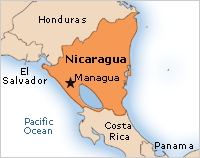 Over
the past few decades, a creolized sign language has developed
out of pidgin signs that had been independently developed by isolated
deaf children and adults in Nicaragua. Over
the past few decades, a creolized sign language has developed
out of pidgin signs that had been independently developed by isolated
deaf children and adults in Nicaragua.
In schools for the deaf, children invented a system of communication
where none had existed before; it was a (signed) pidgin. Like
other pidgins, the signed pidgin in Nicaragua had relatively little
grammatical structure and systematicity. Children who were brought
into this environment at a young age learned something different:
a fully formed language, in effect, a language created from the
fragmentary input of the pidgin.
In 1977, a centralized school brought together deaf children
who shared their signs and began to create a new language. By 1983,
more than 400 deaf children were in these specialized schools.
Since that time, Nicaraguan
Sign Language (NSL) has rapidly moved
toward a full grammatical system.
Once a community is established, the grammar of the sign language
can develop rapidly, as in the case of NSL. This is the presumed
history of every sign language, though usually we have little record
of the origins. Similar observations have recently been made for
a community in Israel using Al-Sayyid
Bedouin Sign Language. |


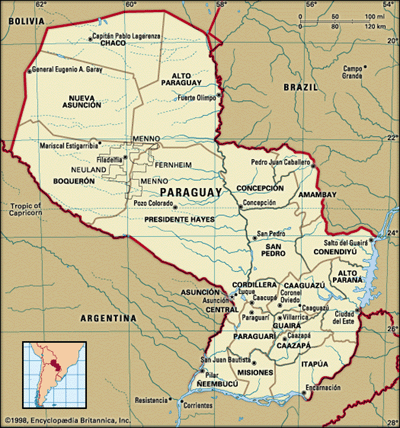 Paraguay
represents the only country in which a Native American language,
Guaraní, shares official status, along with Spanish. Most of the
country is therefore bilingual.
Paraguay
represents the only country in which a Native American language,
Guaraní, shares official status, along with Spanish. Most of the
country is therefore bilingual. 
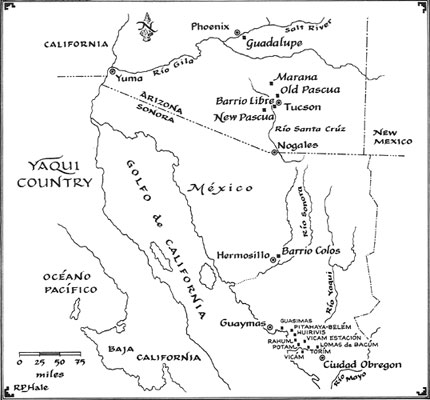
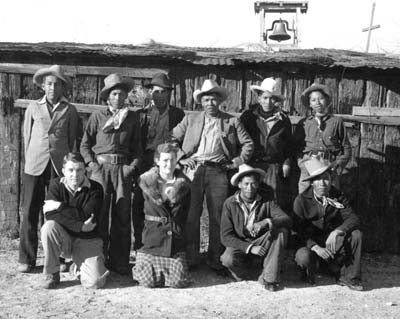
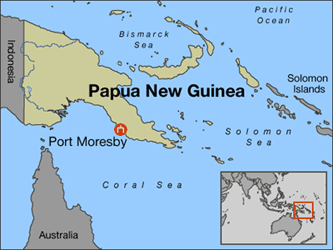

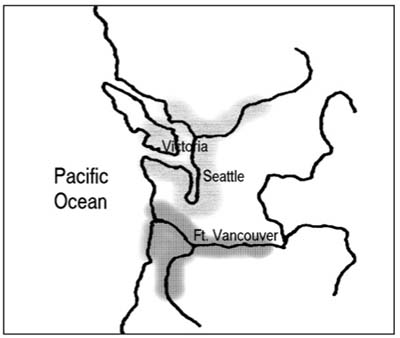 Chinook
Jargon (or Chinook Wawa) is a pidgin language that developed
along the Columbia River that divides Washington and Oregon. From
there it spread to adjacent regions in the Pacific Northwest. Some
regional variation developed, depending on the local languages
that influenced the Jargon.
Chinook
Jargon (or Chinook Wawa) is a pidgin language that developed
along the Columbia River that divides Washington and Oregon. From
there it spread to adjacent regions in the Pacific Northwest. Some
regional variation developed, depending on the local languages
that influenced the Jargon. 
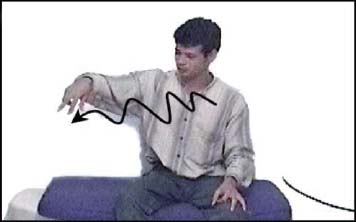
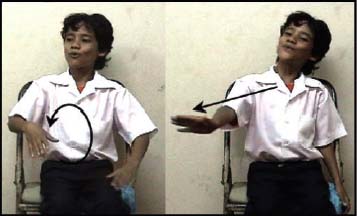
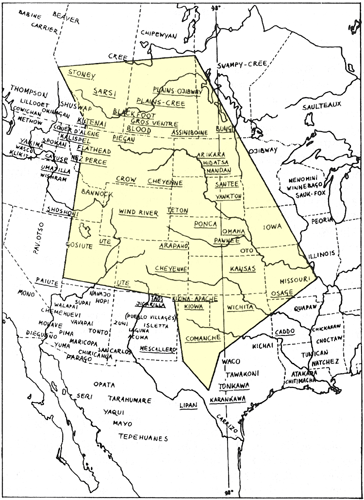 A
rather different lingua franca was a sign language found in the Plains.
We have no evidence that it originated in a small community of deaf
people as in Nicaragua and
A
rather different lingua franca was a sign language found in the Plains.
We have no evidence that it originated in a small community of deaf
people as in Nicaragua and 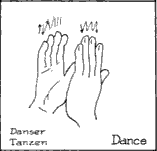
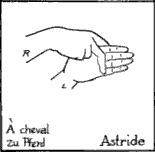
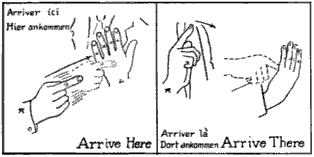
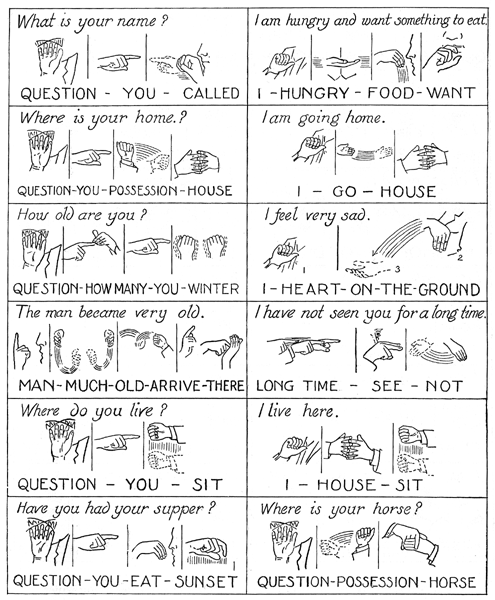 Here
are some examples of simple sentences in the sign language.
Here
are some examples of simple sentences in the sign language.